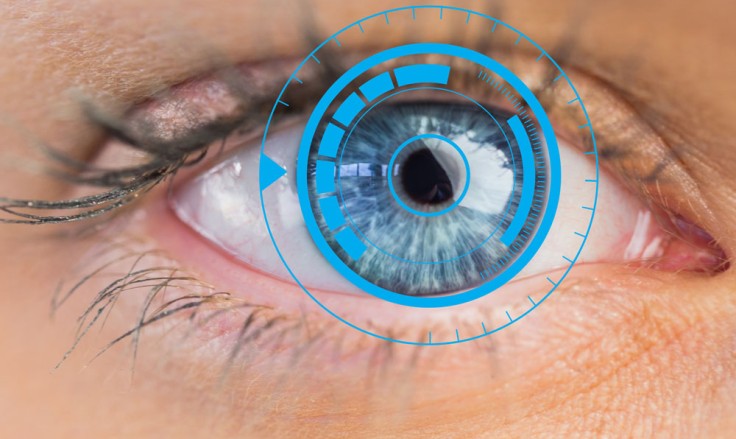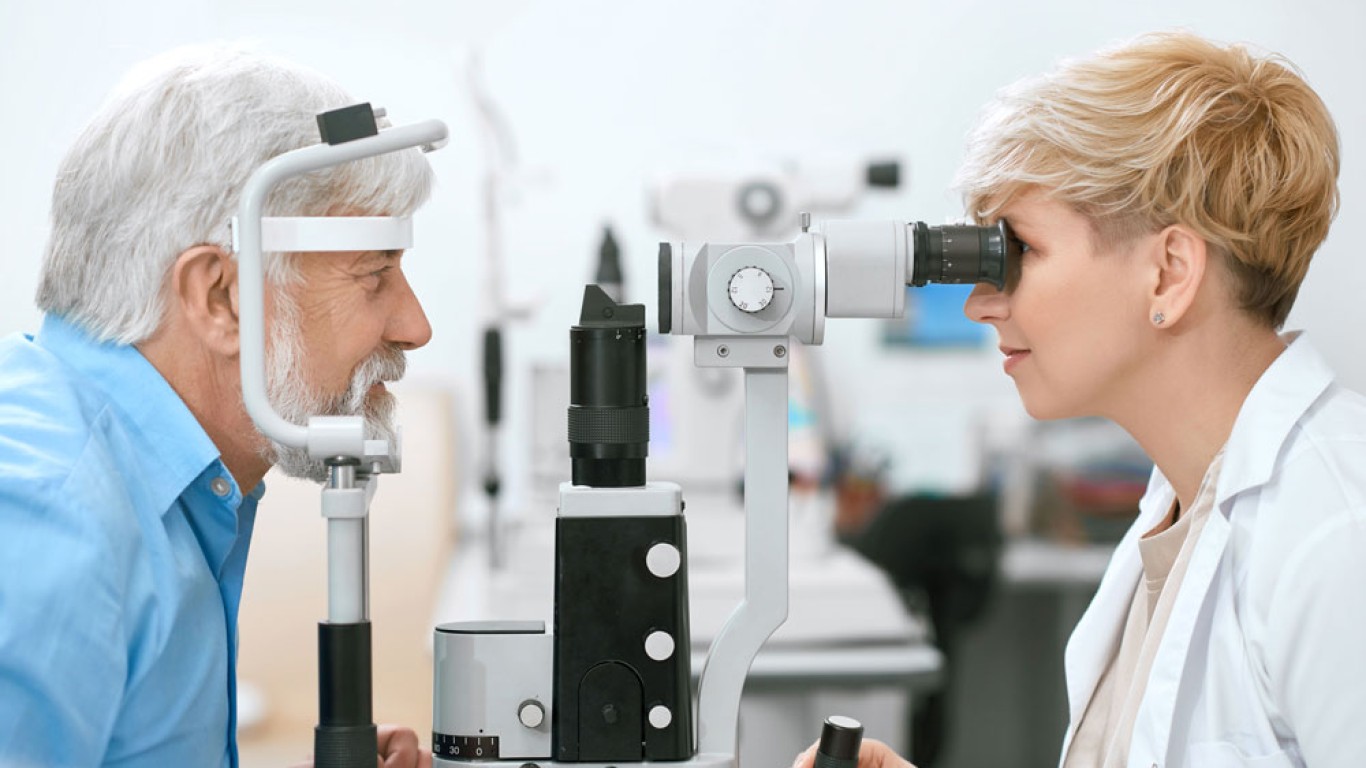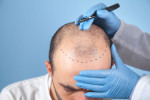Introduction
Choosing the right eye surgery can transform your vision and quality of life. Two of the most popular options are LASIK and PRK, but they are not identical. Understanding the differences between LASIK or PRK helps you make the best decision for your eyes. This guide will explain the basics, benefits, and what you should consider before choosing a procedure.
What Is LASIK?
LASIK stands for Laser-Assisted In Situ Keratomileusis. It is a widely used refractive surgery to correct vision issues like nearsightedness, farsightedness, and astigmatism. During LASIK, a surgeon creates a thin flap in the cornea. They reshape the underlying tissue with a laser, and reposition the flap. This quick recovery process often allows patients to see clearly within a day or two.
What Is PRK?
PRK, or Photorefractive Keratectomy, also uses a laser to reshape the cornea and correct vision problems. Unlike LASIK, PRK removes the outer layer of the cornea entirely before reshaping. The corneal surface naturally regenerates during healing, which can take longer than LASIK recovery. However, PRK offers excellent long-term results and is often better for certain patients.
Key Differences Between LASIK or PRK
While both procedures aim to improve vision, their techniques and recovery times differ.
- Flap Creation: LASIK creates a flap; PRK does not.
- Recovery Time: LASIK recovery is faster, usually a few days; PRK can take several weeks.
- Pain and Discomfort: PRK may involve more discomfort initially due to surface healing.
- Suitability: PRK may be preferable for people with thin corneas or high-risk lifestyles.
Knowing these distinctions is crucial when choosing between LASIK or PRK.

Benefits of LASIK
LASIK remains popular because of its many advantages:
- Rapid visual recovery, often within 24–48 hours
- Minimal discomfort during and after the procedure
- Long-lasting vision correction
- Suitable for a wide range of prescriptions
Moreover, LASIK patients often return to work and daily activities much faster.
Benefits of PRK
PRK also offers several compelling benefits, particularly for specific patients:
- No corneal flap, reducing risk of flap complications
- Ideal for individuals with thin corneas
- Suitable for athletes or people in physically demanding jobs
- Excellent long-term vision outcomes
Additionally, PRK can sometimes be a safer option for those with certain corneal issues.
Who Should Consider LASIK?
You may be a good candidate for LASIK if you:
- Have a stable vision prescription
- Possess a thick, healthy cornea
- Lead a lifestyle with low risk of eye trauma
- Want a quicker recovery process
However, an eye examination is necessary to confirm your suitability.
Who Should Consider PRK?
PRK may be better suited for you if you:
- Have thin corneas unsuitable for LASIK
- Engage in contact sports or activities that risk eye injury
- Prefer not to have a corneal flap created
- Can manage a longer healing period
Discussing your health history with your surgeon is essential when deciding between LASIK or PRK.
What to Expect During LASIK or PRK Surgery
Both surgeries are outpatient procedures and typically take about 15 minutes per eye. LASIK patients may feel mild pressure but little to no pain during surgery. PRK patients might experience a slight burning or discomfort once the anaesthetic wears off. Protective eyewear and post-operative care are essential for both procedures to ensure proper healing.
Recovery Process and Healing Timeline
Recovery differs significantly between LASIK or PRK:
- LASIK: Clear vision often returns within one to two days. Most resume work within a few days.
- PRK: Vision gradually improves over several weeks. Some patients need a week off work initially.
Both require avoiding strenuous activities, rubbing the eyes, and attending follow-up appointments.
Risks and Considerations
Both LASIK and PRK are considered safe and effective when performed by qualified surgeons. Nonetheless, all surgeries carry a small risk of complications, like dry eyes or temporary visual disturbances. Choosing an experienced surgeon reduces these risks significantly and ensures the best possible outcome. Importantly, good pre-surgical screening is crucial to selecting the right procedure for your needs.
Cost Comparison Between LASIK or PRK
In many clinics, LASIK and PRK cost approximately the same, though variations exist. Prices can range from £800 to £2,000 per eye, depending on location, surgeon experience, and technology used. Sometimes, PRK may be slightly cheaper, but price should never be your only deciding factor. Focus instead on expertise, safety, and post-surgical support when making your choice.
How to Choose the Right Surgeon
Choosing the right surgeon for your LASIK or PRK surgery is vital.
Here are some tips:
- Verify their qualifications and certifications
- Ask about their experience with both LASIK and PRK
- Request to see before-and-after patient outcomes
- Read independent patient reviews
Additionally, ensure you feel comfortable asking questions during your consultation.
Preparing for Your LASIK or PRK Consultation
Before booking surgery, preparation is essential to ensure the best results. Firstly, stop wearing contact lenses for at least one to two weeks before your consultation, as they can alter corneal shape. Additionally, prepare a list of questions for your surgeon, such as eligibility, recovery advice, and aftercare plans. Bring details about your full medical history, including any allergies or medications you use regularly. Finally, remain open to your surgeon's recommendations; they will advise whether LASIK or PRK better suits your unique eyes and lifestyle.
Conclusion
Ultimately, both LASIK and PRK offer life-changing vision correction with high success rates. LASIK provides faster recovery, while PRK might be safer for certain eye types or active lifestyles. By consulting a reputable surgeon and considering your specific needs, you can confidently choose between LASIK or PRK. Your clearer, brighter future awaits!
For more information on laser eye surgery and to book a consultation visit the ACIBADEM Beauty Center Laser eye Surgery webpage.
Frequently Asked Questions
Generally, PRK involves more discomfort during recovery than LASIK.
Both surgeries offer permanent vision correction, though natural ageing can affect eyesight over time.
Both are very safe, but PRK may be safer for thin corneas or active lifestyles.
After LASIK, many drive within two days. After PRK, it may take about a week.
PRK may be recommended instead due to reduced risk of flap dislodgement.













